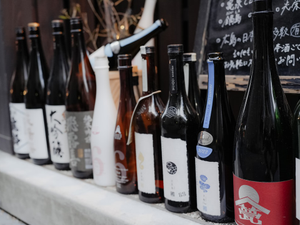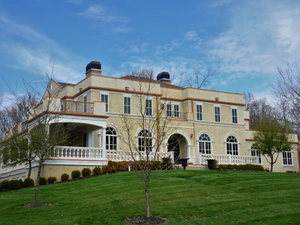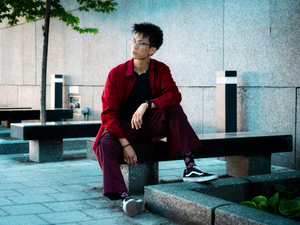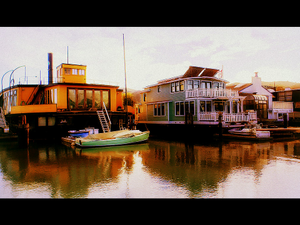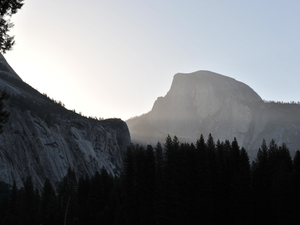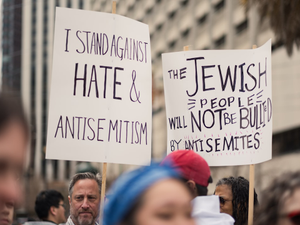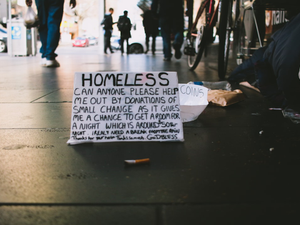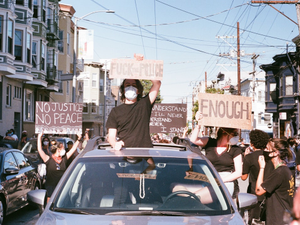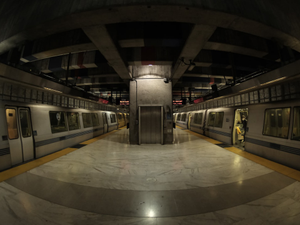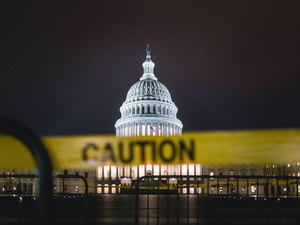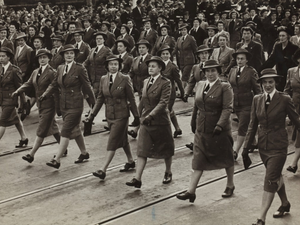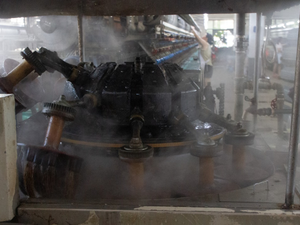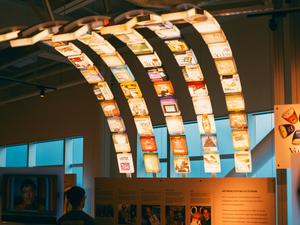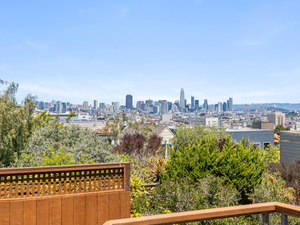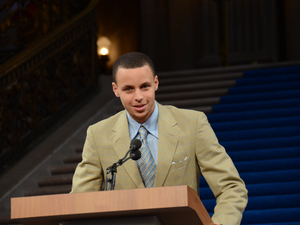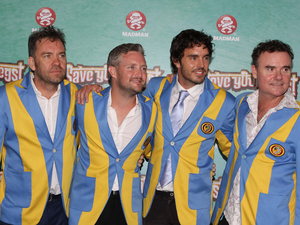Sam Smith's Castro Music Video Sparks Conversation About Queer Representation and Smoking
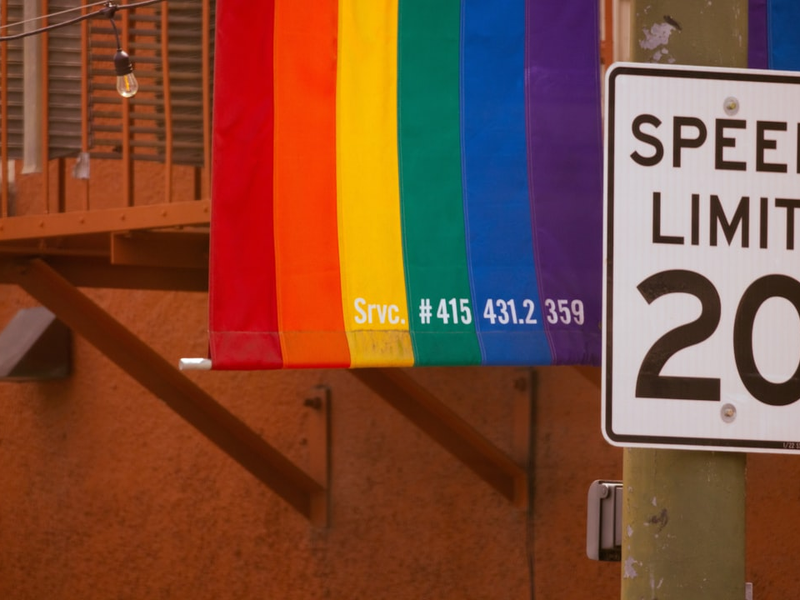
Photo by Xiangkun ZHU on Unsplash
San Francisco’s vibrant Castro District has always been a beacon of queer culture and expression, and now it’s at the center of a nuanced conversation sparked by Sam Smith’s latest music video. The British artist, known for their bold artistic choices, recently released a cover of Bill Withers’s “Ain’t No Sunshine” that not only celebrates the iconic neighborhood but has also ignited discussion about representation and historical narratives.
The video, shot in the heart of the Castro, features a diverse group of queer individuals hanging out and enjoying the neighborhood’s unique atmosphere. However, the presence of cigarettes in the video has triggered strong reactions from some community members, particularly those concerned about the historical targeting of LGBTQ+ individuals by tobacco companies.
Local DJ Rob Doughty voiced concerns about the “toxic imagery,” highlighting the long-standing issue of cigarette marketing within the queer community. His critique reflects a broader conversation about the complex relationship between representation and potential harmful narratives.
Smith, who has previously spoken about their own struggles with tobacco addiction, chose the Castro Theatre, currently undergoing a significant renovation, as the backdrop for their artistic expression. The venue, set to reopen in February, will host Smith’s eight-night residency, marking an exciting moment in the theater’s storied history.
“I LOVE San Francisco and The Castro especially has been so central to the Queer community here over the years,” Smith shared, emphasizing their deep respect and connection to the neighborhood.
While some viewers have criticized the smoking imagery, others have focused on the video’s artistic merits and celebration of queer spaces. The conversation surrounding the video demonstrates the ongoing dialogue about representation, artistic freedom, and community sensitivity.
As the Castro continues to evolve and maintain its status as a crucial landmark in LGBTQ+ history, moments like these provide opportunities for meaningful discussions about culture, representation, and the nuanced experiences of queer communities.
AUTHOR: tgc
SOURCE: SFist
